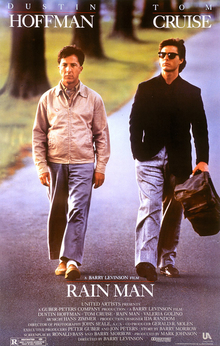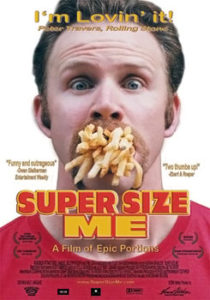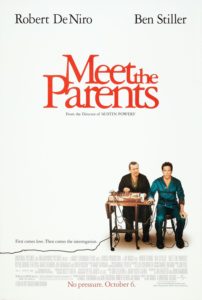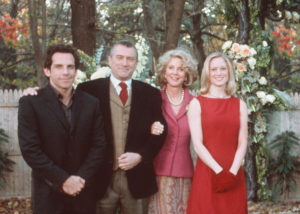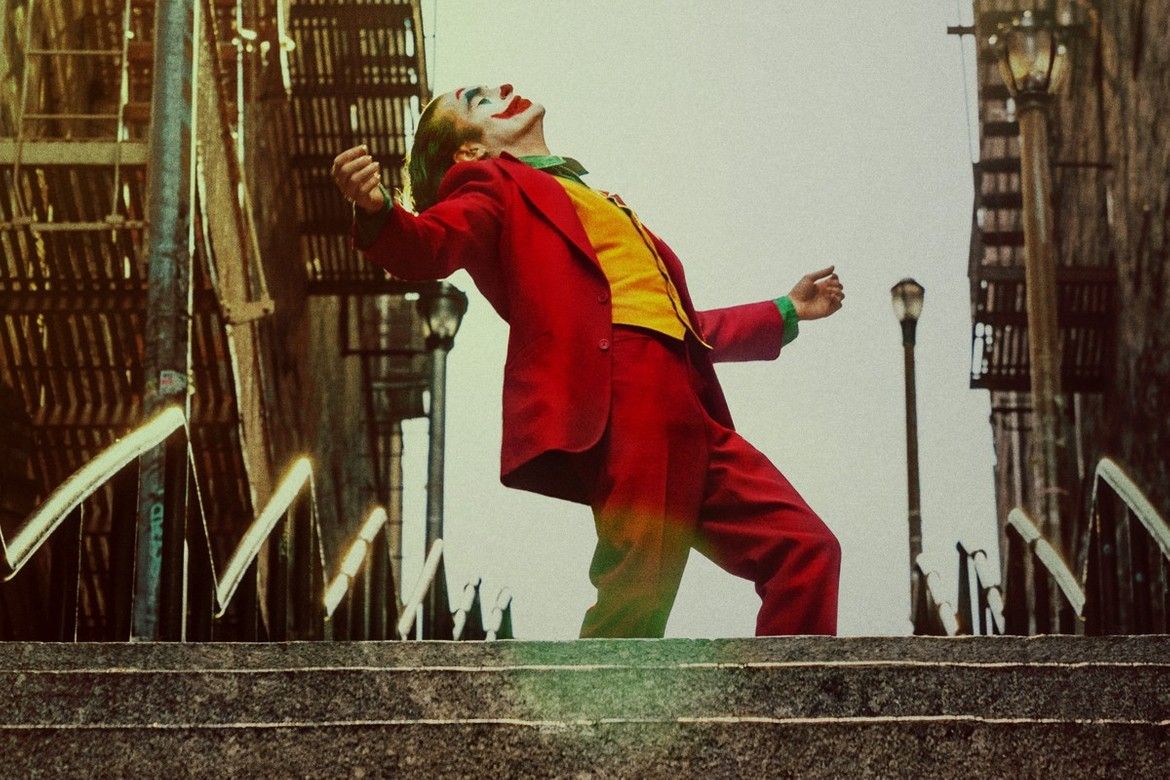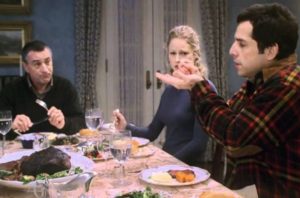Rain Man
Rain man was the most popular movie in 1988. Along with being nominated for eight Oscars the film also earned multiple awards at other film festivals. The budget for this film was $25 million and it earned 354.8 million in box office. This film features Tom Cruise, Dustin Hoffman and Valeria Golino as the lead actors. This movie was unique for its time because it focused on a disabled character and his struggles in daily life which his brother takes on in a. Moments notice to try and get what he deserved from his father but ended up forming a relationship with his brother he didn’t know existed. As this is all happening Charlie is also dealing with troubles at work as well. This film was considered socially acceptable when it was released but I feel if this film was released in the current time there would be some negative feedback due to the nature of the film. Over all the film was enjoyable to watch and Raymond and his condition was very interesting to watch happen. Many people do not get a first hand view of daily life with someone who is disabled like Raymond was. Seeing it in a movie forces people to see things differently. I have had to work with some disabled individuals and you really start to understand them better once you get to know them and what their quirks are. You really go to see how Charlie and Raymond started to form a bond in just the couple of days they spent together traveling. Even with Raymond being autistic and not being able to emotionally display his feelings you can tell towards the end of the movie he trust Charlie and listens to him well. Charlies girlfriend ended up leaving after the first night with Raymond because of how mean Charlie was to him but returned when they were in Vegas and I believe she was shocked at how well they had started to get along. This movie I believe is a good one to watch in the comforts of your own home just due to the emotional factor of the movie. I was some what disappointed with how the movie ended. I was hoping Raymond would end up staying closer to Charlie but I also think Charlie realized that he wasn’t able to fully care for Raymond like he had been when he was at the institute before which he had been at since a young child. Charlie did mention that he would be going back often to visit Raymond. Over all this was a really entertaining movie and I appreciate how it is different from your regular movie.

